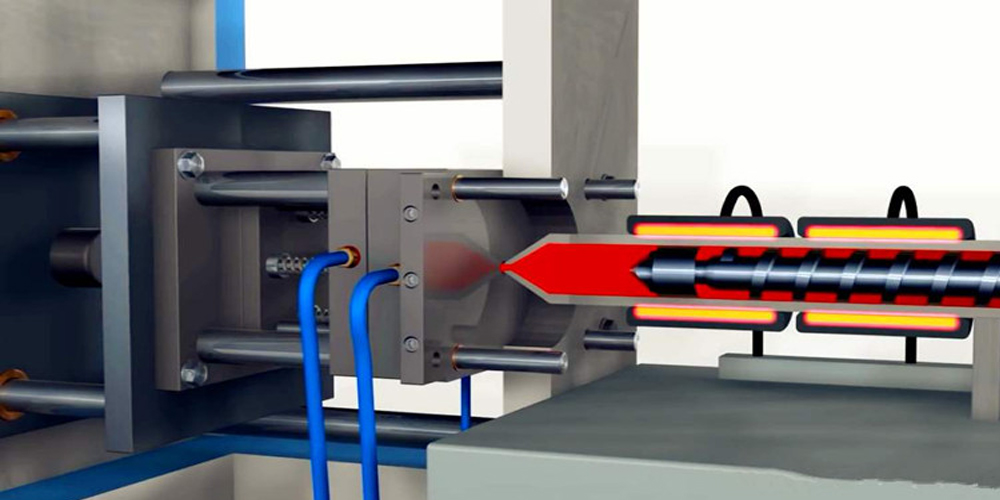A good injection molding guide can help you design a part that will fit your needs. There are several things to consider, such as material properties and processing requirements. Many guides will also include a table that lists the power requirements of common materials. These can help you make a better decision based on your own requirements. This can be very useful for those who are just starting out. There are some basic tips and guidelines to follow, however.
A good guide should explain how to use a release agent properly. Injection molding is an important process for rapid prototyping and is highly effective when done properly. A great injection molding guide can make the process easy for you. It also provides you with tips on how to make a quality product. You can also use it for die casting. So, if you are interested in learning more about the process, read on! You will be amazed at the possibilities it can provide. It may help you design an ideal product for your business.
The first tip is to ensure a good release agent. Injection molds can become tight if they do not release the mold properly. If the release agent is too loose, the molded article can deform or twist once it comes out of the mold. If you find that your product is not coming out right, you can reduce the resin’s temperature. You can increase it again by reducing the pressure in the first stage. This will make the process much faster.
Another tip is to choose the right gate. Gates are the barriers that separate the molded part from the scrap. These gates are an important part of the molding process and play an important role in structural integrity and appearance. They should spread the melted material evenly and in one direction, allowing the part to set properly. If you have a narrow mold, place your gate in a non-functional area to keep the molded piece from turning out too thick.
The most suitable materials for your project are important. The best thermoplastics will work with a variety of materials. Using a thermoplastic will help you to mold different plastic substrates in different shapes. A thermoplastic will harden at higher temperatures, but will remain malleable after being cooled. It will also be cheaper to make if you use the correct type of molds for your project. If you’re looking for the best quality plastics for your project, an injection molding guide is a good way to get it.
When it comes to the type of materials for your mold, you need to take into consideration how they work. Choosing the right material for your project will make the entire process go smoothly. The right plastic will be durable, but it also needs to be easy to work with. Injection molding guide for a particular material will show you which materials are best for your project. It will also help you decide how to design the mold for your parts and help you make the best decisions.
